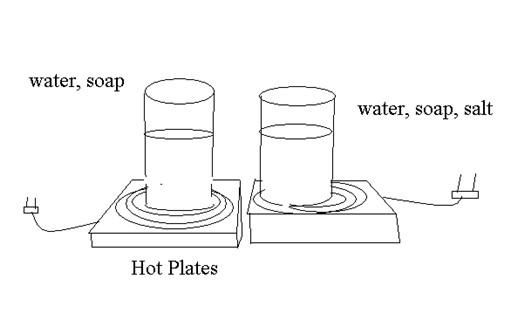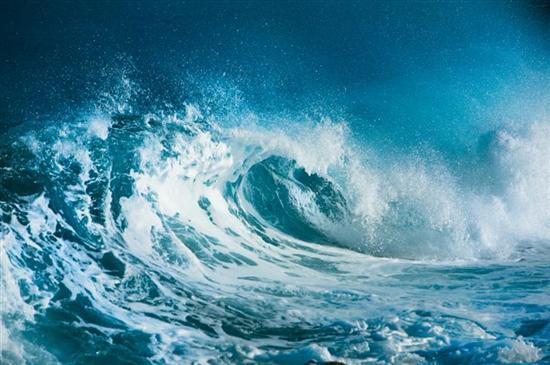Overview
In water, convection occurs when warmer water at the bottom, rises to the surface. If the water cools near the surface it will eventually sink back again to the bottom. This rising and falling of water becomes a cycle.
Density is a measure of the amount of mass an object of a given volume, possesses. At the molecular level, water molecules are further apart from each other at warmer temperatures (as compared to lower temperatures). At warm temperatures, the water becomes less dense. At lower temperatures, water molecules are closer together, becoming denser. This is why warm water rises; it has a lower density than cooler waters.
Salinity is the amount of salt dissolved in water. Salinity affects water density. Refer to resources under the Bibliography section for more information on salinity and density.
Scientific Terms
Convection, Density, Salinity
Related video
Hey there! Here are some awesome videos about this science project that we think you'll really like. They're not only super fun, but they'll also help you learn more about the science behind the project. So sit back, relax, and get ready to have some fun!!



